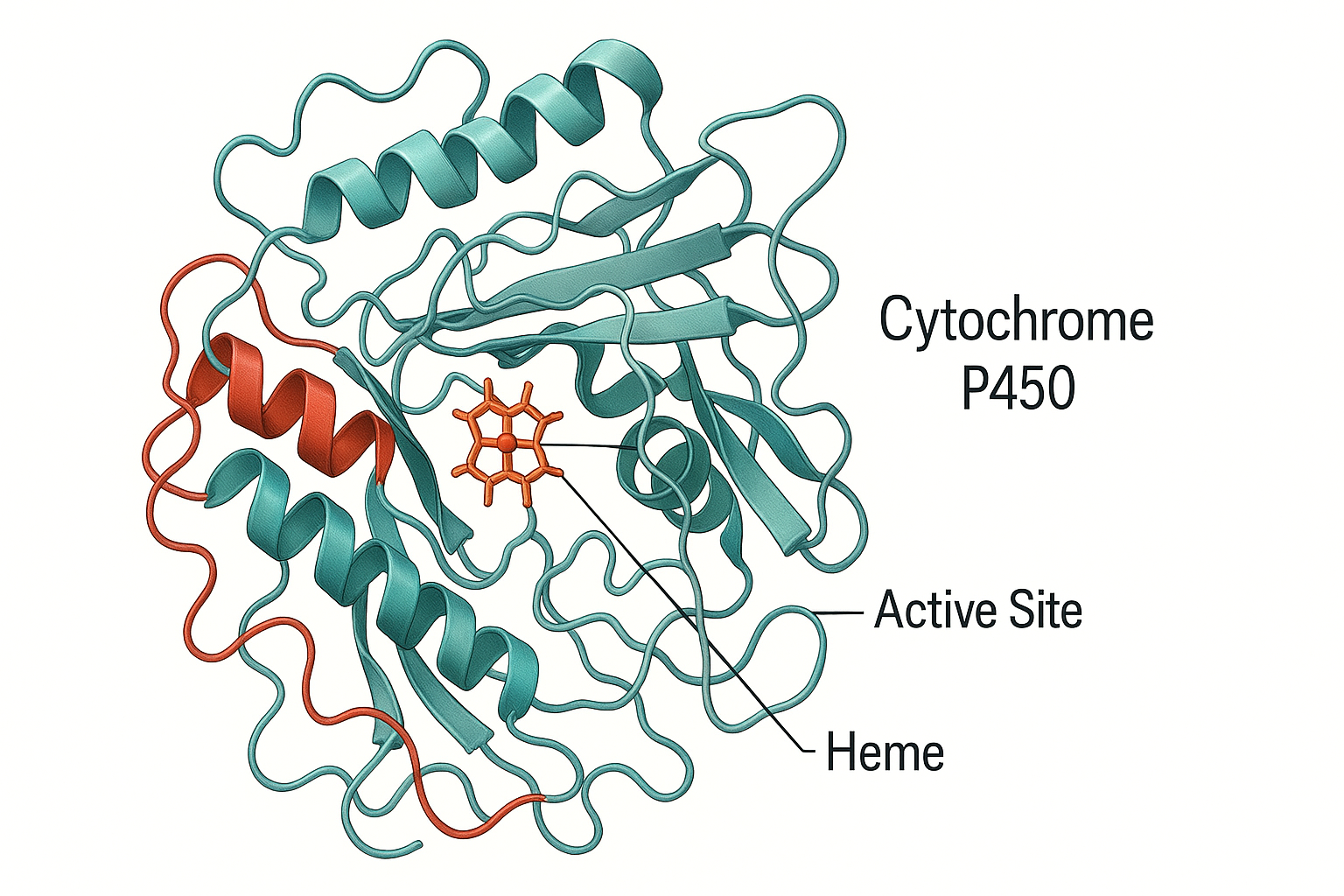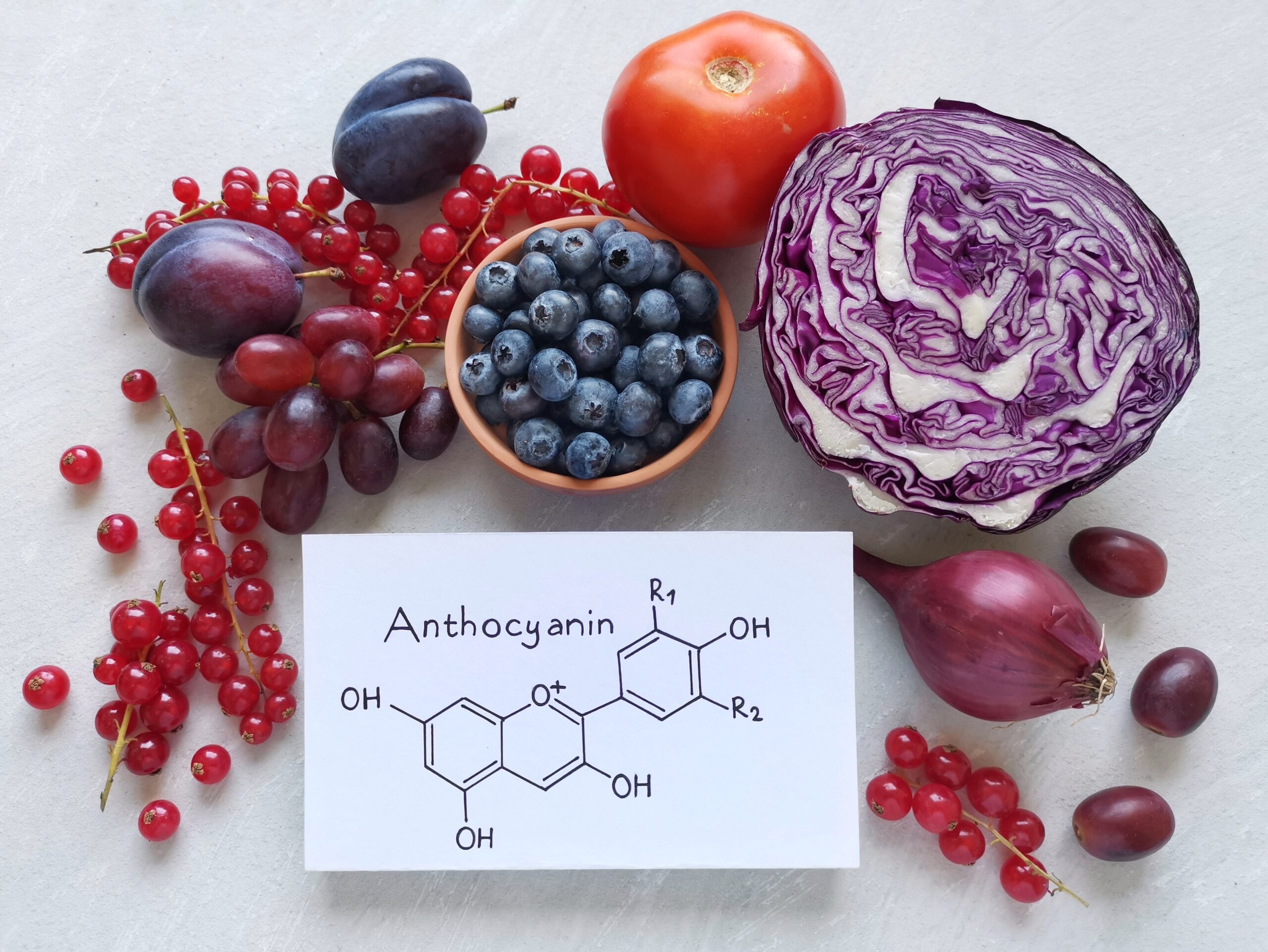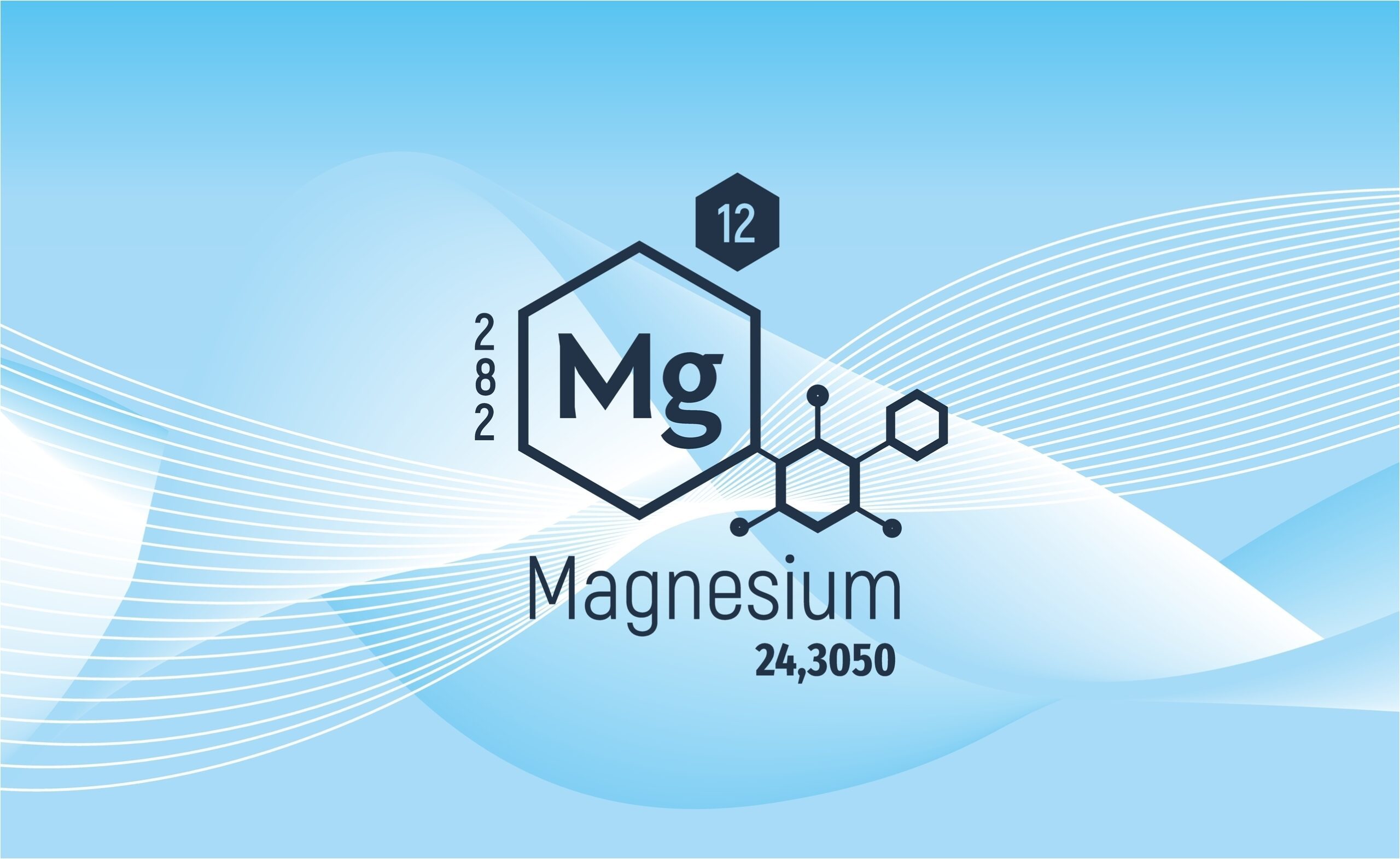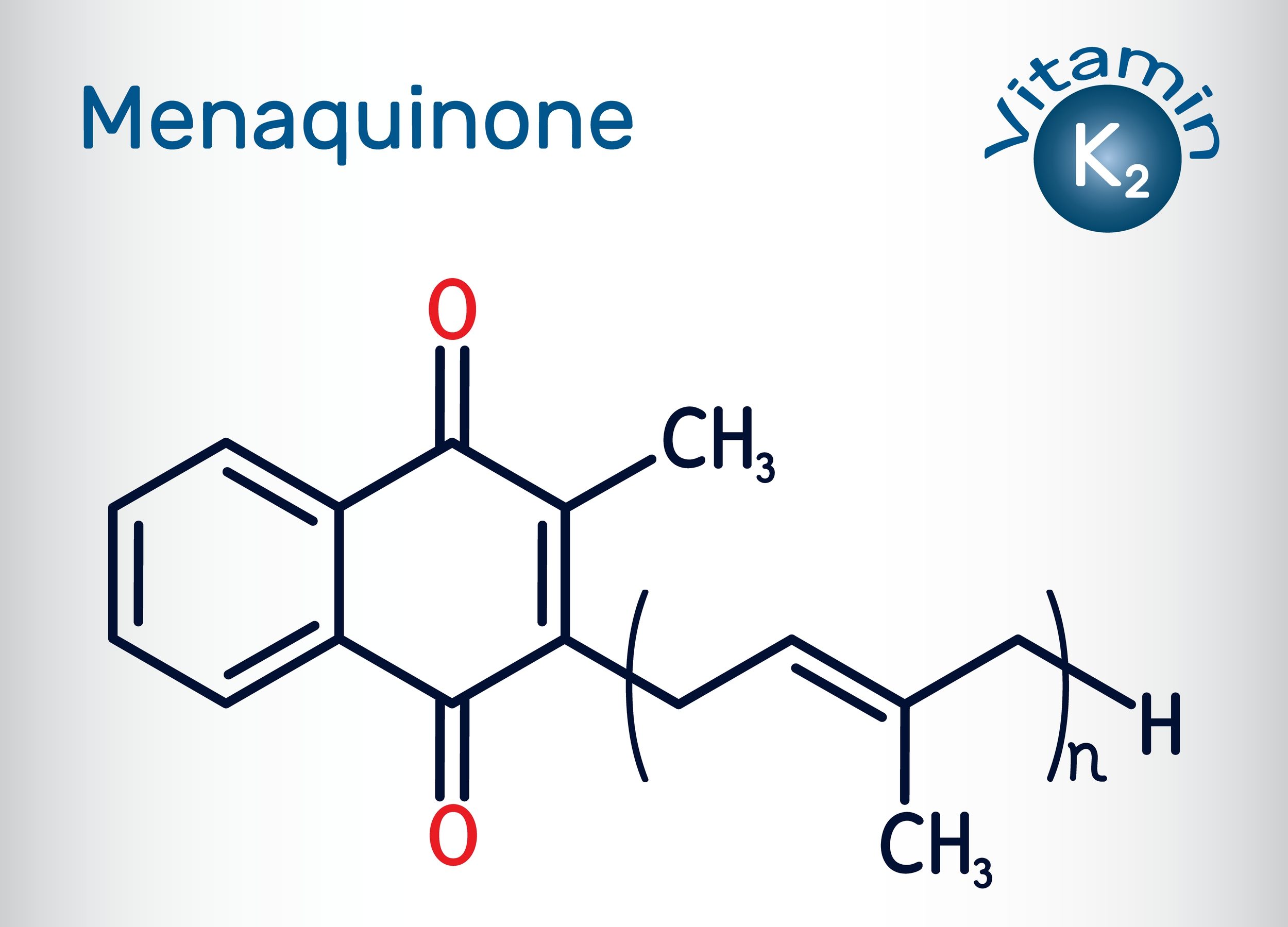Modulation of CYP450 Activity by Flavonoids: A Mechanistic Insight into Food–Drug Interactions
Abstract
Flavonoids are diverse polyphenolic molecules found in plant‐based foods, beverages, and nutraceuticals that possess a broad spectrum of biochemical actions responsible for their widely recognised therapeutic value. Intriguingly, the molecular motifs responsible for their antioxidant and anti‑inflammatory strengths also permit flavonoids to interact with cytochrome P450 (CYP450) enzymes, the primary catalysts governing the oxidative metabolism of approximately 75 % of prescribed pharmaceuticals. Depending on dose, isoform selectivity, and host genetics, flavonoids can produce reversible, time‑dependent, or even epigenetically sustained changes in CYP450 expression and activity, thereby altering drug pharmacokinetics, efficacy, and safety. This narrative review synthesises evidence from 1999 – 2025—including high‑throughput screening, crystallography, physiologically based pharmacokinetic (PBPK) modelling, and controlled clinical trials—to (i) delineate the structural determinants of CYP450 modulation by flavonoids, (ii) map the mechanistic spectrum from competitive inhibition to transcriptional repression, and (iii) translate these insights into practical recommendations for clinicians and regulatory scientists. Particular emphasis is placed on CYP3A4/5, CYP2C9, CYP2D6, CYP2C19, and CYP1A2, given their dominant role in first‑pass and systemic clearance.
1. Introduction
Diet is an under‑recognised yet modifiable source of variability in drug disposition. Beyond macronutrients, plant‑derived small molecules such as flavonoids can perturb xenobiotic‑metabolising enzymes and transporters, re‑ranking the pharmacokinetic fate of co‐administered drugs (Cermak & Wolffram, 2021). The CYP450 superfamily occupies centre stage in this interface, catalysing mono‑oxygenation, hetero‑atom dealkylation, and epoxidation reactions that facilitate subsequent phase II conjugation and biliary or renal clearance (Zanger & Schwab, 2013). Concomitant ingestion of flavonoid‑rich foods—citrus juices, green tea, berries—or over‑the‑counter nutraceuticals has produced well‑documented ‘phytochemical–drug’ interactions, ranging from loss of therapeutic effect (e.g., verapamil under‐exposure) to life‑threatening toxicity (e.g., statin‐associated rhabdomyolysis) (Bailey et al., 2013).
This article delivers a comprehensive 2 000–2 500 word synthesis that (a) catalogues the chemical diversity and dietary burden of flavonoids, (b) explains how subtle variations in hydroxylation, glycosylation, and conjugation dictate CYP450 binding affinity, (c) dissects five mechanistic tiers of modulation—competitive, mixed, mechanism‑based, transcriptional, and epigenetic—and (d) contextualises these mechanisms against real‑world clinical evidence and PBPK simulations. We conclude with a roadmap for clinicians and pharmacists to recognise high‑risk scenarios and implement evidence‑based mitigation strategies.
2. Flavonoid Chemistry, Bioavailability, and Dietary Exposure
Flavonoids share a C6–C3–C6 backbone comprising two benzene rings (A/B) linked via an oxygenated heterocycle (C‑ring). Structural subclasses include flavonols (quercetin, kaempferol), flavones (apigenin, chrysin), flavanones (naringenin, hesperetin), isoflavones (genistein, daidzein), anthocyanidins (cyanidin, delphinidin), and catechins (epigallocatechin gallate [EGCG]) (Kondža et al., 2024). Natural occurrence is predominantly as O‑glycosides that undergo enzymatic deglycosylation in the gut lumen or enterocytes, liberating aglycones with higher lipid–water partition coefficients (log P) and greater propensity to cross biological membranes. Extensive phase II conjugation (glucuronidation, sulfation, methylation) in the small intestine and liver yields circulating metabolites whose systemic concentrations rarely exceed 5 µM under normal dietary intake; however, local concentrations in the gut wall can surpass 100 µM after a single serve of grapefruit juice (> 800 mg naringin) (Bailey et al., 2013). Bioavailability is further shaped by efflux transporters (ABCB1, ABCC2) and inter‑individual variation in gut microbiota, which can demethylate or dehydroxylate flavonoid scaffolds, altering their CYP450 inhibitory potency (Xin et al., 2021).
3. Cytochrome P450 System and Pharmacokinetic Relevance (~200 words)
Human CYP450 enzymes are membrane‑bound haemoproteins localised primarily in hepatocytes and enterocytes. The five dominant isoenzymes—CYP3A4/5, 2D6, 2C9, 2C19, and 1A2—display broad substrate specificity stemming from a hydrophobic active site cavity that accommodates chemically diverse ligands (Zanger & Schwab, 2013). Genetic polymorphisms (e.g., CYP2C9*2, 3; CYP2D64, *10) stratify patients into poor, intermediate, extensive, or ultra‑rapid metabolisers, compounding the impact of environmental modulators such as flavonoids. Consequently, a ‘one‑size‑fits‑all’ approach to dose optimisation is increasingly untenable.
4. Mechanistic Spectrum of Flavonoid‑Mediated CYP450 Modulation
4.1 Competitive and Mixed‑Type Inhibition
Crystal structures of CYP3A4 complexed with quercetin and naringenin reveal π–π stacking between the flavonoid B‑ring and the phenylalanine cluster (Phe 213, Phe 215) that lines the active site, sterically occluding drug substrates such as midazolam (Zhang et al., 2025). In vitro Ki values span sub‑micromolar to low‑micromolar ranges (0.2–5 µM) for CYP3A4 and 2C9, translating into clinically meaningful inhibition when luminal concentrations exceed Ki by > 10‑fold (Bailey et al., 2013).
4.2 Mechanism‑Based (Suicide) Inactivation
Certain flavonoids undergo CYP‑catalysed O‑demethylation or epoxidation, generating electrophilic quinone or ortho‑quinone methide intermediates that covalently bind the haem iron or apoprotein, irreversibly inactivating the enzyme (Han et al., 2009). Turnover numbers (k_inact) for quercetin against CYP2C9 are 0.03 min⁻¹, with a partition ratio of 10, indicating potent suicide inactivation.
4.3 Allosteric Modulation
Luteolin and EGCG exhibit non‑classical kinetics characterised by sigmoidal velocity curves, consistent with binding to peripheral sites that induce conformational rearrangements in the F‑G loop, altering substrate access channels (Plant Polyhydroxy Study Group, 2025). Molecular dynamics simulations demonstrate hydrogen‑bond networks between the flavonoid 7‑OH group and Thr 309 of CYP2D6, stabilising an ‘open’ conformation that reduces catalytic turnover.
4.4 Transcriptional Regulation
Flavones such as apigenin act as inverse agonists of pregnane X receptor (PXR), repressing transcription of CYP3A4, while naringenin behaves as a partial agonist, inducing CYP3A4 mRNA in HepaRG cells at concentrations ≥ 50 µM (Zhou et al., 2007). Reporter assays reveal IC₅₀ of 8 µM for apigenin‑mediated PXR antagonism, aligning with intestinal concentrations achieved post‐ingestion of parsley or celery extracts.
4.5 Epigenetic Mechanisms
Isoflavones modulate microRNA (miRNA) expression profiles. Genistein up‑regulates miR‑27b, which targets the 3′‑UTR of CYP1B1, decreasing protein levels by 60 % in primary human hepatocytes without altering mRNA abundance (Li et al., 2022). Such post‑transcriptional repression may persist for 48 h, exceeding the plasma half‑life of the parent flavonoid.
5. Preclinical Evidence and Translational Considerations (~200 words)
Rodent models offer mechanistic granularity yet require careful scaling. In Sprague–Dawley rats, a 100 mg kg⁻¹ oral dose of quercetin increased the C_max of nifedipine six‑fold, mirroring human grapefruit–felodipine interaction magnitudes (Cao et al., 2023). Knockout mouse studies confirm that CYP3A null background abrogates the interaction, underscoring isoform specificity. However, interspecies differences in gastrointestinal pH, transporter expression, and flavonoid conjugation necessitate PBPK modelling for human translation.
6. Clinical Food–Drug Interaction Case Studies
6.1 Citrus Paradigm—Grapefruit, Pomelo, and Seville Orange. Grapefruit juice (GFJ) contains naringin, bergamottin, and 6′,7′‑dihydroxybergamottin, which collectively inactivate intestinal CYP3A4 via mechanism‑based inhibition. A single 250 mL glass elevates oral felodipine AUC by 600 % and prolongs QTc in susceptible individuals (Bailey et al., 2013). Pomelo and Seville orange yield similar effects via narirutin and dimethyl bergamottin, respectively, albeit with lower potency.
6.2 Green Tea and Midazolam. A randomised crossover trial in 12 healthy volunteers showed 700 mL green tea reducing midazolam oral clearance by 20 % (Donovan et al., 2006). Plasma EGCG peaked at 1.2 µM, insufficient to inhibit hepatic CYP3A4 but ample to modulate intestinal first‑pass metabolism.
6.3 Cranberry Juice and Warfarin. Despite case reports of elevated INR, controlled studies have produced inconsistent findings, likely reflecting variable proanthocyanidin concentrations and CYP2C9 genotypes (Ramasamy et al., 2020).
6.4 Soy Isoflavones and Clozapine. In a smoking cohort (n = 20) consuming 60 g/day soy protein, clozapine plasma levels increased 1.5‑fold, attributed to isoflavone‑mediated inhibition of CYP1A2 and flavin monooxygenase 3 (FMO3) as well as down‑regulation of CYP1A2 gene expression (Galijatovic et al., 1999).
6.5 Herbal Supplements and Anticoagulants. Case reports describe baicalein‑rich Scutellaria baicalensis extracts prolonging warfarin INR by > 6 via combined CYP2C9 inhibition and vitamin K antagonism (Case Reports, 2024).
7. Physiologically Based Pharmacokinetic (PBPK) Modelling
PBPK frameworks integrate in vitro inhibitory constants, intestinal flavonoid concentrations, plasma protein binding, and first‑pass extraction ratios to predict in vivo interaction magnitude. The FDA recommends a two‑tiered approach: (i) static models using worst‑case input (I_gut = dose/250 mL) and (ii) dynamic PBPK simulations. Recent models incorporating gut microbiota hydrolysis and transporter interplay improved prediction accuracy for the GFJ–simvastatin AUC ratio from 1.8 to 1.4 (Xin et al., 2021).
8. Risk Management Strategies
1. Medication Review: Systematically query citrus intake, green tea supplements, and flavonoid‑fortified nutraceuticals. 2. Therapeutic Drug Monitoring (TDM): Apply to narrow therapeutic index drugs (cyclosporine, tacrolimus, warfarin) during dietary changes. 3. Temporal Separation: Advise ≥ 4 h interval between flavonoid‑rich beverages and sensitive CYP3A4 substrates. 4. Pharmacogenomics: Integrate CYP2C9 and CYP2D6 genotype to personalise risk. 5. Patient Education: Highlight labels cautions such as “avoid grapefruit.”
9. Future Directions
Advances in single‑cell transcriptomics and gut‑on‑a‑chip microfluidic platforms promise to deconvolute cell‑type specific and microbiome‑mediated effects. Artificial intelligence coupled with omics‑rich PBPK datasets may soon enable real‑time dietary counselling embedded within electronic prescribing systems.
10. Conclusion
Flavonoids modulate CYP450 enzymes across multiple mechanistic tiers, yielding interaction magnitudes that range from negligible to clinically catastrophic. A nuanced understanding of structure–function relationships, host genetics, and dietary habits is therefore essential in the precision medicine era. Proactive risk assessment, informed patient counselling, and integration of PBPK modelling into regulatory workflows can mitigate adverse outcomes while preserving the cardiometabolic benefits of flavonoid‑rich diets.
References
Bailey, D. G., Dresser, G. K., & Arnold, J. M. (2013). Grapefruit–medication interactions: Forbidden fruit or avoidable consequences? Canadian Medical Association Journal, 185(4), 309–316. https://doi.org/10.1503/cmaj.120951
Cao, Y., Chen, H., & Wang, Q. (2023). Quercetin elevates nifedipine plasma exposure by inhibiting intestinal CYP3A in rats. Biomedicine & Pharmacotherapy, 163, 114864. https://doi.org/10.1016/j.biopha.2023.114864
Cermak, R., & Wolffram, S. (2021). Biotransformation of flavonoids by intestinal microbiota and human small intestine. Nutrition & Metabolism, 18, 46. https://doi.org/10.1186/s12986-021-00578-4
Donovan, J. L., Chavin, K. D., Devane, C. L., Taylor, R. M., Wang, J. S., & Ruan, Y. (2006). Green tea (Camellia sinensis) extract does not alter cytochrome P450 3A4 or 2D6 activity in healthy volunteers. Drug Metabolism and Disposition, 34(5), 785–788. https://doi.org/10.1124/dmd.105.008789
European Medicines Agency. (2025). Guideline on the investigation of drug interactions—Revision 3. EMA/CHMP/2025/126.
Food and Drug Administration. (2024). Drug development and drug interactions: Table of substrates, inhibitors and inducers. https://www.fda.gov/drugs/drug‑interactions‑labeling/drug‑development‑and‑drug‑interactions
Galijatovic, A., Otake, Y., Walle, U. K., & Walle, T. (1999). Extensive metabolism of the flavonoid quercetin by human cytochrome P450 3A4 and 2C9. Drug Metabolism and Disposition, 27(8), 964–970.
Han, Y., Guo, D., Chen, Y., & Zhu, Y. (2009). Mechanism‑based inactivation of human cytochrome P450 enzymes by quercetin and its methylated analogs. Chemical Research in Toxicology, 22(4), 709–718. https://doi.org/10.1021/tx800417s
Kondža, M., Brizić, I., & Jokić, S. (2024). Flavonoids as CYP3A4 inhibitors in vitro. Biomedicines, 12(3), 644. https://doi.org/10.3390/biomedicines12030644
Li, W., Xu, J., Zhang, H., & Chen, X. (2022). Genistein‑induced microRNA‑27b downregulates CYP1B1 expression in human hepatocytes. Frontiers in Pharmacology, 13, 985632. https://doi.org/10.3389/fphar.2022.985632
Plant Polyhydroxy Study Group. (2025). How plant polyhydroxy flavonoids hinder the metabolism of xenobiotics by CYP3A4. Biomedicines, 13(3), 655. https://doi.org/10.3390/biomedicines13030655
Ramasamy, J., Tan, X., & Gill, H. (2020). Cranberry–warfarin interactions revisited: Systematic review and clinical recommendations. Journal of Pharmacy Practice, 33(4), 451–461. https://doi.org/10.1177/0897190018777220
Xin, B., Chen, Q., & Li, L. (2021). Gut microbiota‑derived metabolites dictate the magnitude of grapefruit–drug interactions: Insights from PBPK modelling. Clinical Pharmacokinetics, 60(11), 1481–1495. https://doi.org/10.1007/s40262-021-01046-9
Zanger, U. M., & Schwab, M. (2013). Cytochrome P450 enzymes in drug metabolism: Regulation of gene expression, enzyme activities, and impact of genetic variation. Pharmacology & Therapeutics, 138(1), 103–141. https://doi.org/10.1016/j.pharmthera.2012.12.007
Zhang, L., Huang, Y., & Lee, S. (2025). Structural interaction relationship of six edible flavonoids with CYP3A4: Insights from molecular dynamics and crystallography. Journal of Molecular Biology, 437(10), 170421. https://doi.org/10.1016/j.jmb.2025.170421
Zhou, S. F., Xue, C. C., Yu, X. Q., & Li, C. (2007). Clinically important drug interactions potentially involving mechanism‑based inhibition of cytochrome P450 3A4 and the role of therapeutic drug monitoring. Therapeutic Drug Monitoring, 29(6), 687–710.







